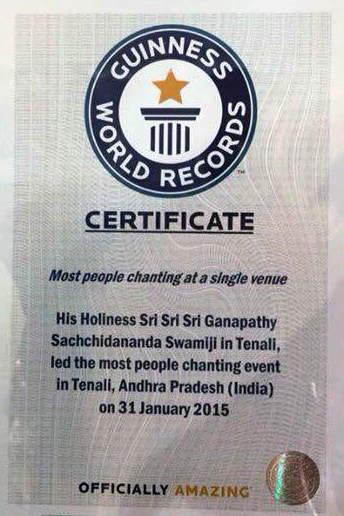Lord Shiva’s 3 eyes symbolize the Sun (Surya), Moon (Chandra) and fire (Agni) nādis (subtle energy channels) within us. Among these, the 3rd eye (phāla netra) symbolizes knowledge.
His elephant hide (gaja charma) symbolizes strength. It means that He powerfully destroys all evil forces. The tiger represents unending desires. By wearing its skin He symbolizes that desires have been completely conquered. He wears the crescent moon on his forehead to state that He is the cause of the waxing and waning of the moon. Among the Dakshinamoortis, there is a small sub-division called Yoga Dakshina murti. This form, wherein He wears a garland of skulls around His neck, symbolizes that He absorbs everything finally into Himself.
Therefore Shiva is that form that has a scope for various symbolisms and interpretations. Snakes represent yoga, nādis (subtle energy channels) as well as tremendous energy. He wears the snake, which is the form of death, around His neck and is known as Mrutyunjaya (conqueror of death).
The trident held in His hands, symbolizes that trigunas (three attributes of Nature) and the three divisions of time are under His control. In addition, this trident also symbolizes protection for His devotees, destruction of evil and self-protection.
The alphabets that are used in the vernacular languages originated from Shiva’s drum (dhamaru) during His tandava (dance). With this, it can be inferred that the drum held in His hand symbolizes knowledge! This drum produces melodious music when He performs the dance of bliss (ānanda tandava). At the time of pralaya (destruction), sounds that will crush this entire universe can be heard. Similarly, this drum also causes a fear in the hearts of evil people. The same instrument that is melodious and musical at the time when He is peaceful, turns into a weapon at the time of destruction of evil. The energy levels in it at the time of destruction are far beyond imagination.
In addition, to signify that He is controlling the fickle-mindedness (chanchala), He has the deerskin. He holds the spear called Pāsupatam. This is a very powerful weapon. Energy that can destroy this entire creation can be generated from it.
In His form of Pinākapāṇi, Shiva holds a bow. Similarly, He has also adorned the shankha (conch), shringa, discus, axe, noose, danda (stick), padma (lotus), kapala (skull), khatvānga and so on. Khatvāngam is a special kind of spear-like instrument that is energized greatly with powerful mantras.
Shiva who is known as ‘Kapali’ holds a vessel made out of skull (kapala) in his lotus-like hands, and goes seeking alms. It is not for lack of food that He does so, but it is for showering everlasting blessings. This very skull in another context represents bloodshed & destruction.
Shiva has yet another name, Neelakanṭha because this ever-compassionate Lord, gulped down the poison that emerged during the churning of the ocean and retained it in His throat. He sacrificed Himself for the welfare of the entire universe. Thus Shiva, who is more popular as a destroyer, was actually a benefactor. That is why He became a Vishnu swaroopa (form of Vishnu).
Shining handsomely in a form that captivates the hearts of one and all He is Sundareshwara (sundara means beautiful). Selecting Meenakshi Devi, a form of Shakti, as His bride, He became Ardhanāreshwara (half male-half female). As Gangadhara, He has held the flow of Ganges in his matted locks and then released it onto Earth.
-Bhaktimala 1983, 1982

